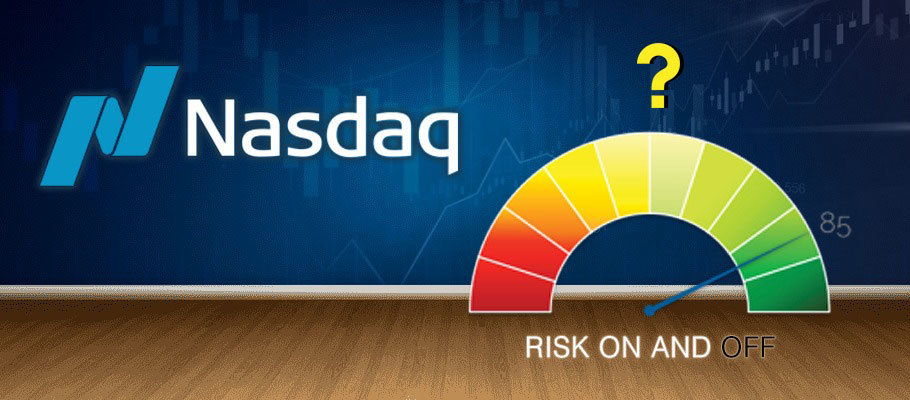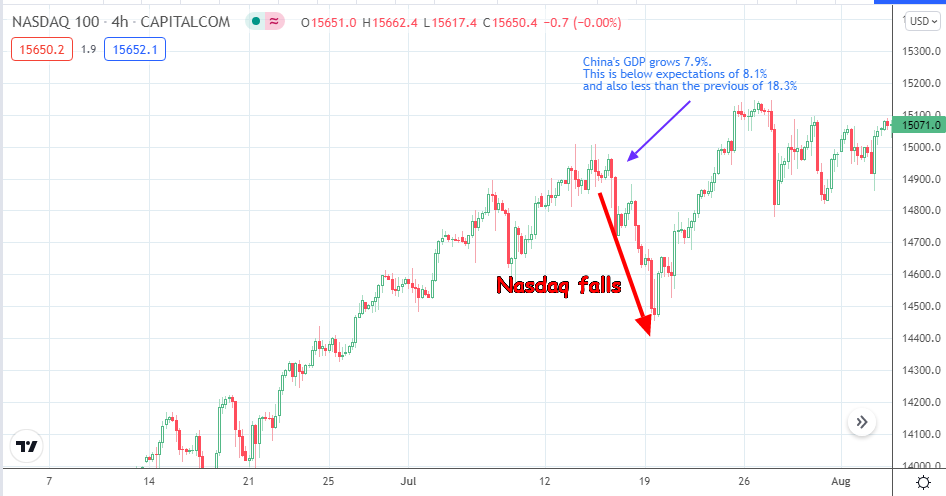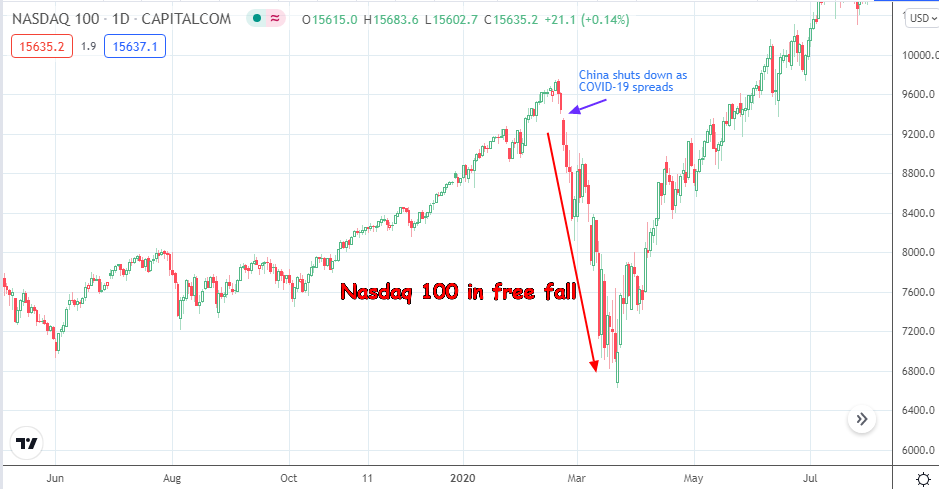
Sentiment analysis is one of the methods of analysing the financial markets, aside from fundamental and technical analysis. Analysing traders' sentiment towards a financial asset can make the difference between making good profits or making losses on your trading account.
Sentiment in the markets dictates whether traders have a favourable view of the global economy (risk-on), or a negative view (risk-off). Certain financial assets are directly affected by a change in market sentiment or a switch between the risk-on and risk-off sentiments.
Risk sentiment in the financial markets can either be risk tolerance (risk-on) or risk aversion (risk-off).
As the names imply, risk tolerance means the tendency of traders to take market risks by investing in certain assets that have a link with the performance of the global economy. Risk tolerance means that traders are willing to risk capital by trading on these assets to receive returns. At this time, traders take on higher-yielding assets and shed off non-yielding or low-yielding assets. Traders are said to have a risk-on sentiment when there is risk tolerance.
On the other hand, risk aversion refers to a situation when traders sell off higher-yielding assets and push their money into safe-haven assets. This is done when the global economy is in turmoil. At this time, traders prefer to safeguard their capital, focusing on preservation, not risk-taking. This is the so-called risk-off situation.
The Nasdaq 100 index is considered an asset that favours a risk-on investment. Stock markets are generally assets of risk and tend to attract demand when there is risk tolerance. The Nasdaq 100 is also colloquially known as the technology index because it features several globally known and acclaimed technology stocks whose products are used worldwide.
These "big five" tech stocks are known by the acronym FAANG:
The FAANG stocks have a massive market capitalisation. Apple alone is now worth over 2 trillion dollars, which is more than the GDP of many countries put together. These stocks saw tremendous interest during the dot-com boom of the late 90s and have grown tremendously in the years ever since that bubble burst. These stocks' considerable gains and sheer market size continue to drive investors' appetite for taking market risk. For instance, the coronavirus pandemic, which started in 2020, helped these stocks to shoot to new highs even when many other industries were taking massive hits. It soon became apparent that these stocks and, by extension, the Nasdaq 100 index were the go-to assets for traders seeking a chance to make a profit.
This is why the Nasdaq 100 is considered a risk-sensitive asset, attracting demand and climbing during periods of risk-on sentiment and falling when there is risk-off sentiment.
The stocks listed on the Nasdaq 100 index tend to react to specific economic triggers, which reflect whether the markets are in a risk-on or risk-off mode. A significant catalyst for the Nasdaq 100 index is China and that country's placement in the global economy.
Due to China's paramount economic importance with the global economy, any factor that emanates from China to cause an upheaval in the worldwide economy will end up having an impact on the Nasdaq 100.
The common trend is for the Nasdaq 100 to gain ground as risk tolerance generates more FAANG stock purchases, ultimately driving the index higher. When there is risk aversion, tech stocks end up getting sold off, and the Nasdaq 100 index tends to fall.
Here are examples of how China affects the Nasdaq 100.
On 15 July, China reported a GDP growth that did not meet the expectations of the market. The 7.9% recorded on a year-on-year basis was less than the 8.1% the markets expected. This number was also a steep drop from the previous figure of 18.3%.
The Nasdaq 100 index experienced a drop on the news, as traders dumped a lot of their stock holdings on the Nasdaq 100, causing the index to lose nearly 500 points in three days of selling.

Nasdaq 100 Chart Showing Fall of Nasdaq in Response to China’s Downbeat GDP Data
In the first quarter of 2020, information got out that a new disease spreading fast in Wuhan, China had not only escaped to other regions of the country but was spreading across the globe. China implemented some of the strictest quarantine measures in human history, literally locking up industries and families indoors to contain the virus. The shutdown of the Chinese economy triggered one of the steepest selloffs in the history of the Nasdaq 100.

Shutdown of the Chinese Economy as COVID-19 Strikes
In May 2021, China began a series of interventions in the cryptocurrency space and the information technology sector. The Chinese government put out new regulations that severely limited investments in the tech space and shut down crypto companies and tech companies doing business in this space. The event triggered panic in the markets and led to a selloff in the tech-heavy Nasdaq 100.

China Imposes New Regulations on Cryptocurrency in May 2021
There have been other Chinese-related events that trigger selloffs in the Nasdaq 100. Some selloffs are more prominent than others but ultimately produce some response from China that triggers the Nasdaq 100 index movements.